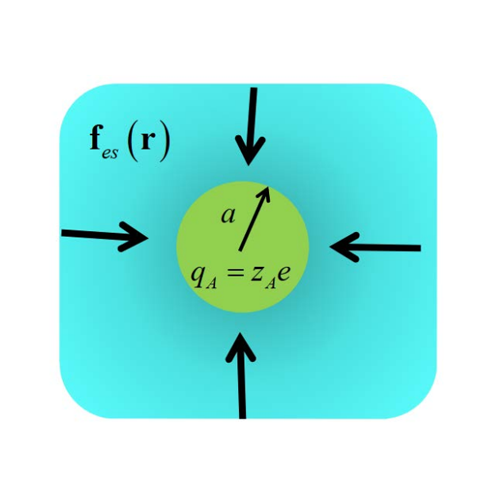Kinematic and volumetric analysis of coupled transmembrane fluxes of binary electrolyte solution components.
The paper deals with relationships between the individual transmembrane fluxes of binary electrolyte solution components and the experimentally measurable quantities describing rates of transfer processes, namely, the electric current, the transmembrane volume flow and the rates of concentration changes in the solutions adjacent to the membrane. Also, we collected and rigorously defined the kinetic coefficients describing the membrane selective and electrokinetic properties. A set of useful relationships between these coefficients is derived.
An important specificity of the proposed analysis is that it does not use the Irreversible Thermodynamic approach by analyzing no thermodynamic forces that generate the fluxes under consideration. Instead, all the regularities are derived on the basis of conservation and linearity reasons. The terminology “Kinematics of Fluxes” is proposed for such an analysis on the basis of the analogy with Mechanics where Kinematics deals with regularities of motion by considering no mechanic forces. The only thermodynamic steps of the analysis relate to the discussion on the partial molar volumes of electrolyte and ions that are the equilibrium thermodynamic parameters of the adjacent solutions.
These parameters are important for interrelating the transmembrane fluxes of the solution components and the transmembrane volume flow. The paper contains short literature reviews concerned with the partial molar volumes of electrolyte and ions: the methods of measurement, the obtained results and their theoretical interpretations. It is concluded from the reviews that the classical theories should be corrected to make them applicable for sufficiently concentrated solutions, 1M or higher. The proposed correction is taken into account in the kinematic analysis.
Explore Further
Full Article:
